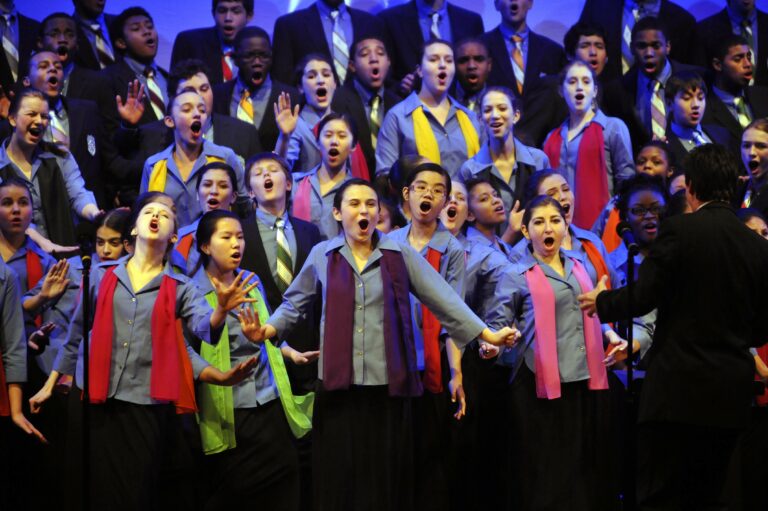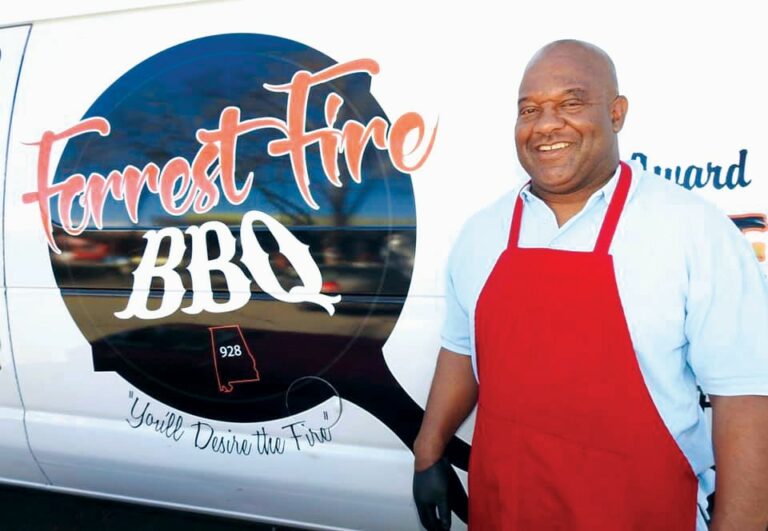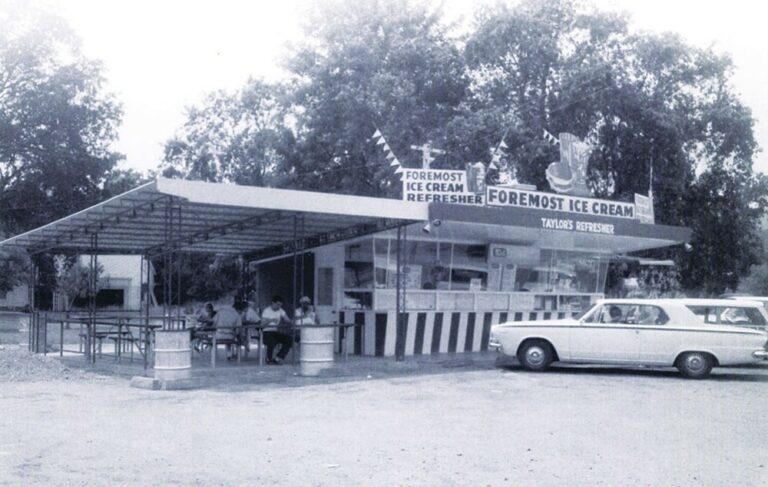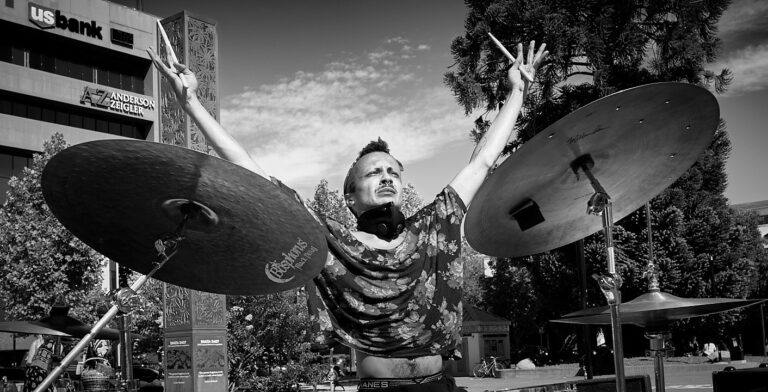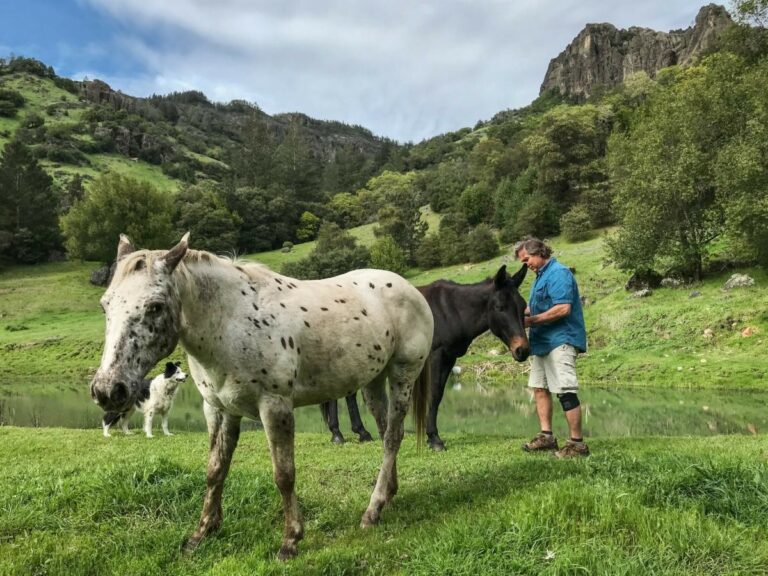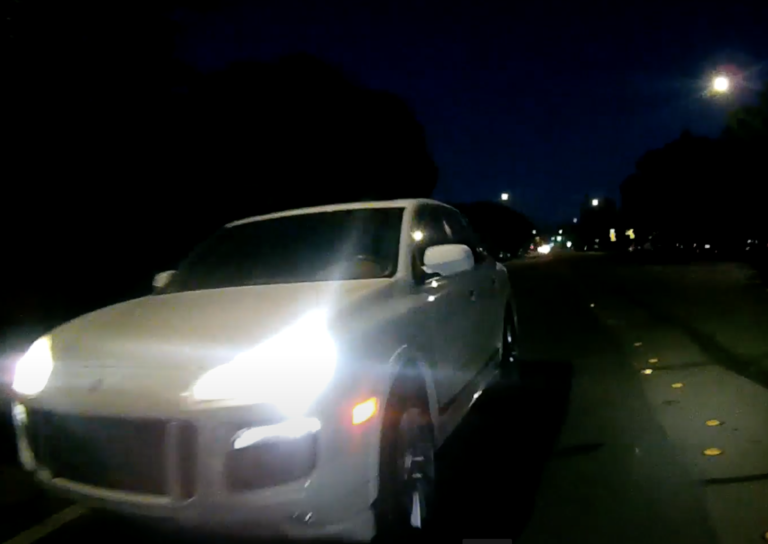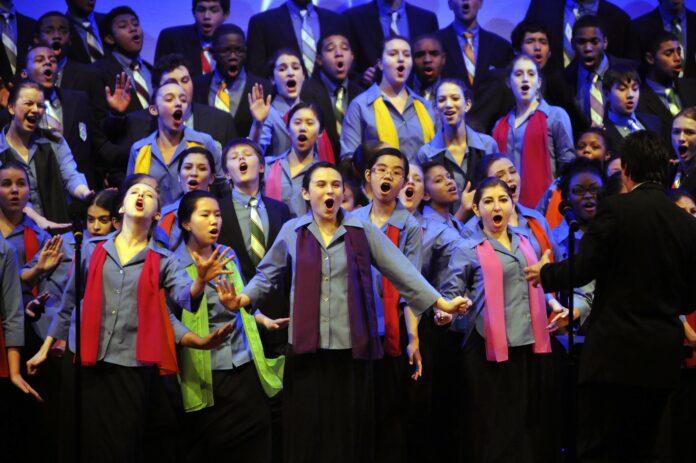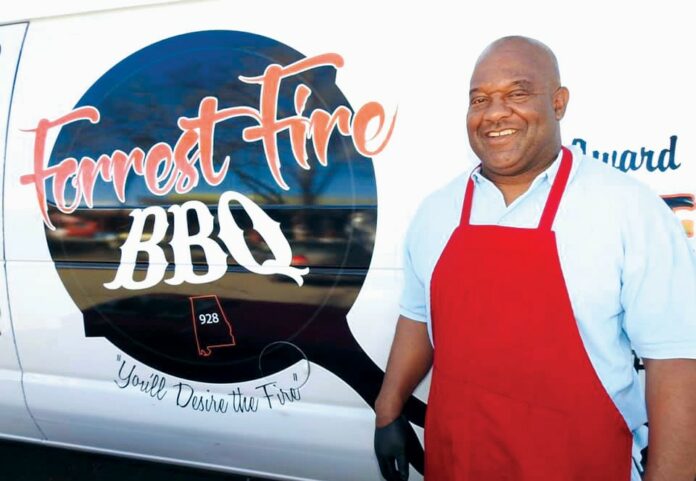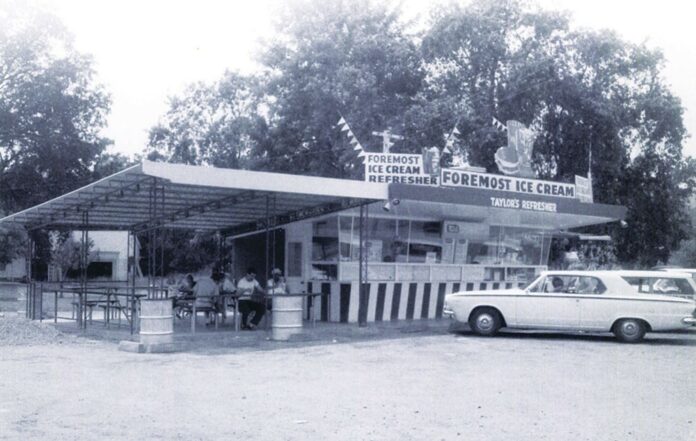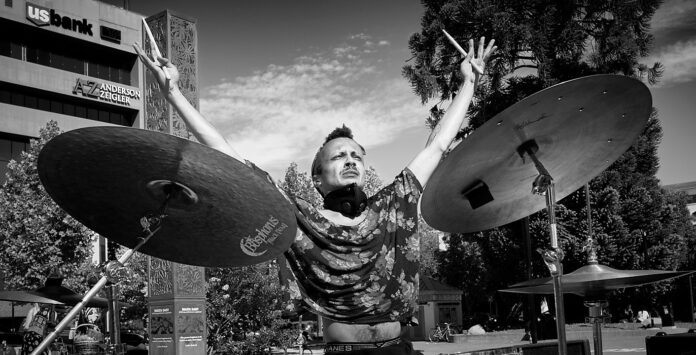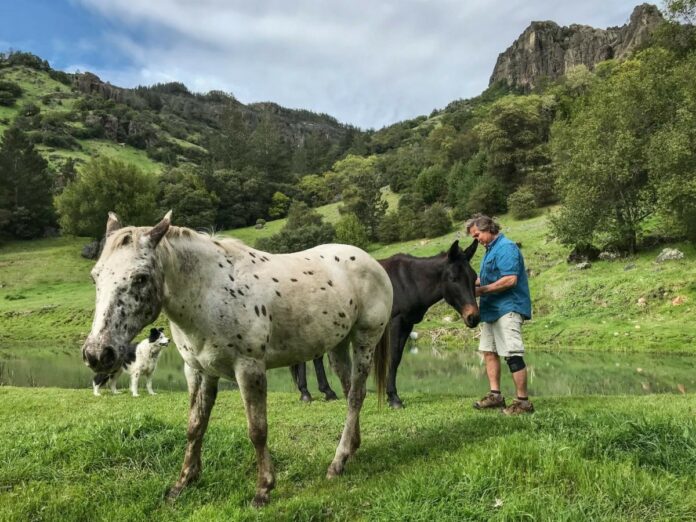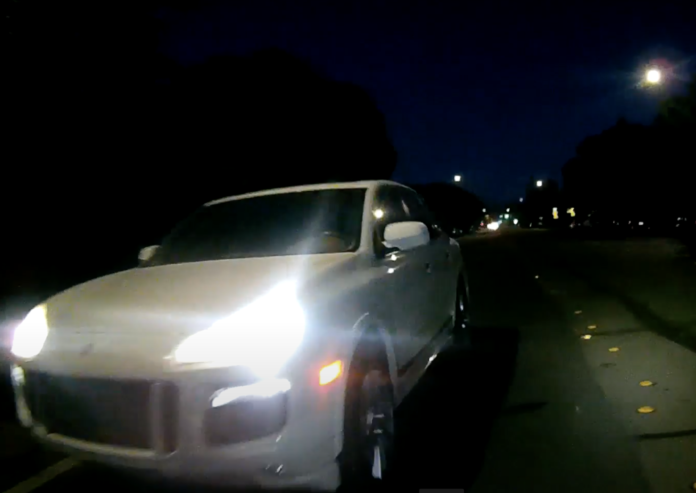Founded in 2006, Festival Napa Valley celebrates the region’s beauty and bounty and makes performing arts accessible to all through world-class concerts and events each summer and year-round educational programs for North Bay students.
This summer was meant to be Festival Napa Valley’s 15th summer of shows, which annually features dozens of classical and chamber concerts, wine and food spectaculars and more featuring internationally-renowned performers.
Yet, the Covid-19 pandemic has forced the festival to press pause on its planned 10-day schedule.
In place of in-person events, Festival Napa Valley will bring the stars to you with a free virtual concert event, “One Night, Many Voices,” on Saturday, July 25, at 7pm.
The online showcase will include performances by festival favorites such as violinist Joshua Bell and pianist Jean-Yves Thibaudet, as well as the Young People’s Chorus of New York City and Cuban pianist Aldo López-Gavilán and his band among others.
“We are thrilled to bring together some Festival favorites for a special night to celebrate the healing power of music,” Richard Walker, President and CEO of Festival Napa Valley says in statement. “We hope this concert will provide connection, hope, and inspiration to music lovers everywhere.”
Recorded especially for this occasion, “One Night, Many Voices” will pack the festival’s wide array of musical offerings into a singular experience with familiar faces offering never-before-seen performances.
Violinist Joshua Bell is one of those familiar faces. He’s a frequent performer with Festival Napa Valley, and for good reason; his career spans more than thirty years as a soloist, chamber musician, recording artist, and conductor and he is one of the most celebrated violinists of the modern era.
This summer, Bell has become one of the busiest performers on the web in the wake of Covid-related concert cancellations. For this concert, Bell is performing with soprano singer Larisa Martínez, who he recently collaborated with on the Emmy-nominated PBS special, Live from Lincoln Center: Seasons of Cuba. For the last two years, Martínez has also toured with Italian singer Andrea Bocelli throughout North America, South America and Europe.
Internationally-recognized pianist Jean-Yves Thibaudet is also performing as part of “One Night, Many Voices” on July 25. Like Bell, Thibaudet has spent three decades performing as a soloist and in chamber and orchestral groups. Born in Lyon, France, Thibaudet is a noted interpreter of French music, and his creative collaborations span music, film, fashion and visual art.
Other voices appearing as part of Festival Napa Valley’s virtual concert include soprano Nadine Sierra, who recently portrayed Juliet in San Francisco Opera’s production of Romeo & Juliet, and tenor Michael Fabiano, who was scheduled to portray Rodolfo in San Francisco Opera’s now-canceled production of La Bohème this fall.
The Young People’s Chorus of New York City is also slated to appear on July 25. The chorus mirrors Festival Napa Valley’s educational commitment to make arts accessible by offering programs at Napa County public schools year-round, hosting a tuition-free summer music academy and donating concert tickets to families in Napa Valley.
“One Night, Many Voices” will crescendo with a performance by brilliant Cuban classical pianist Aldo López-Gavilán, who performs both traditional Afro-Cuban jazz and offers improvisational interpretations of classical music repertoire. López-Gavilán will appear with his band from their home in Havana, Cuba, capping off the global-inspired virtual concert.
To add to the festive evening, Festival Napa Valley invites Napa restaurants to produce curated to-go menus, and the festival’s many partner wineries will provide special offers on select bottles to enjoy with show. Participating restaurants include Heritage Eats, Mustards Grill, Solbar, Tre Posti and V Sattui.
As the Covid-19 pandemic continues to impact the North Bay through the summer, Festival Napa Valley is planning to expand its fall and spring concert schedules. The festival is also looking ahead to providing distance learning arts curriculum should Napa Valley public schools remain closed, creating original digital content with its roster of artists and community partners while social distancing remains in effect.
‘One Night, Many Voices’ streams virtually on Saturday, July 25, at 7pm. Register for free at FestivalNapaValley.org.

